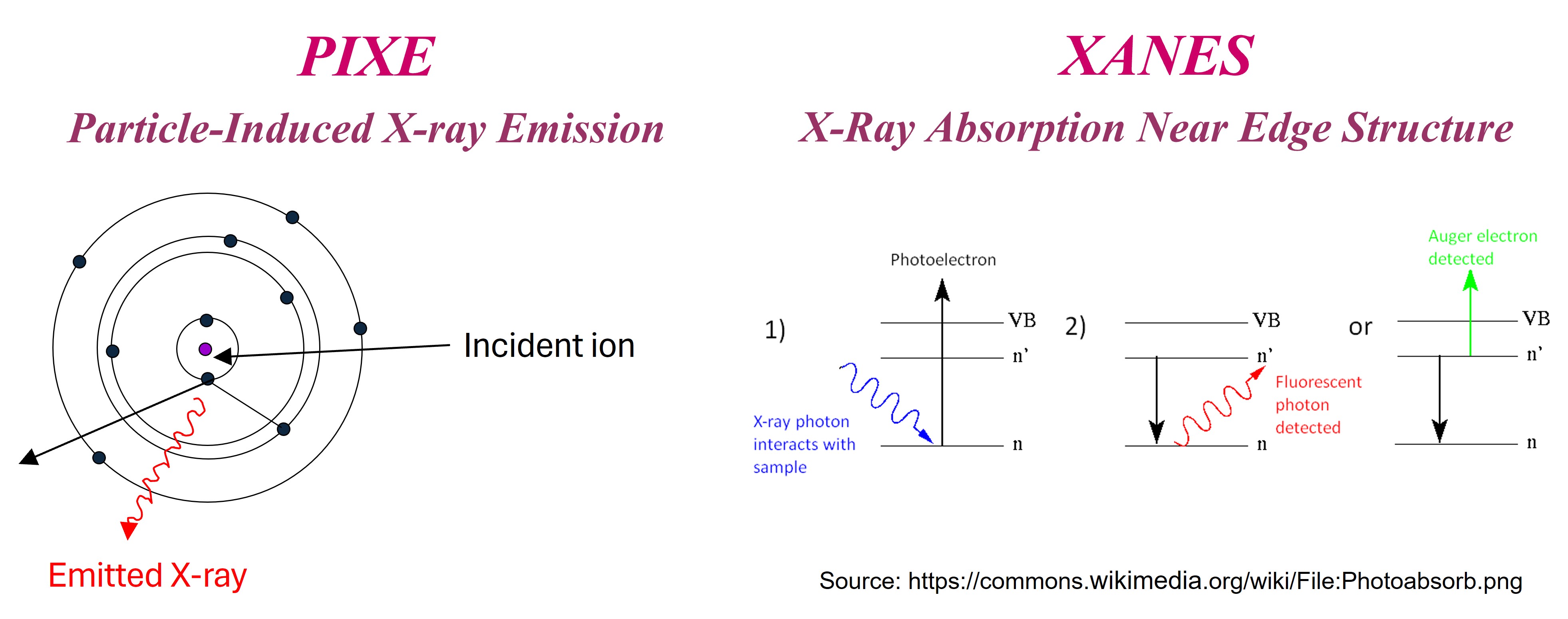Air pollution is one of the most challenging environmental issues. Its harmful effect on the ecological system, human health, and climate change is forcing hard the need of monitoring air quality and the increasing demand of understanding air pollutants and the identification of pollution sources. Therefore, it is necessary to use precise analytical techniques to push forward this applicational research.
Accelerator-based techniques are among the most powerful analytical techniques used to investigate atmospheric particulate matter (or aerosol samples). Among other advantages, the excellent performance of such techniques derives from being mostly non-destructive, which in turn offers the possibility of combining data obtained from various techniques for the same set of samples.
In Amman, Jordan, the University of Jordan (UJ) has been interested in studying the characteristic features of atmospheric aerosol particles in the framework of the International Atomic Energy Agency (IAEA) regional technical cooperation projects in ARASIA (Arab states in Asia) region. Within the scope of these projects, samples of fine and coarse atmospheric particulate matter have been collected on Teflon filters on a sequential basis.
In this work, we investigate a carcinogenic element, lead (Pb), in a selected set of samples collected from Amman's atmosphere. Thanks to the combination of the results obtained by two accelerator-based techniques: particle-induced X-ray emission (PIXE) and X-ray absorption near edge structure (XANES), quantification and chemical speciation of lead have been achieved. Figure 1 shows a simplified diagram of the fundamental principles of both techniques.

Figure 1. Schematic diagram of the fundamental principles of PIXE and XANES techniques.
Highlights
- The concentrations of lead during workdays are higher than that found during weekends in both fine and coarse particulate matter. This is attributed to the decrease in automobile and vehicular traffic during weekends.
- Lead emitted into Amman's atmosphere is mostly fine particulates (which are very dangerous; they can go deeper into the respiratory system of human body and can even be transferred to the blood circulation system).
- Both fine and coarse aerosol samples collected in Amman contain divalent lead, Pb (II), and mainly in the form of PbSO4 compound (lead sulfate), followed by PbS and PbO compounds.
- The predominance of lead sulfate (which is associated with two harmful elements: lead and sulfur) is attributed to the presence of sulfur in the used petrol in Jordan.
Impact
This study reports for the first time on the chemical speciation of lead in aerosol samples from Amman. The obtained results are a step forward in understanding Amman's atmosphere. Further studies are planned for extensive investigation of other harmful trace elements in the urban atmosphere of Amman, which can be also representative of other urban areas in Jordan and in ARASIA region as well.
This research was conducted by the following research group:
Hanan Sa'adeh 1,2, Massimo Chiari 3, Simone Pollastri2, Giuliana Aquilanti2
1Department of Physics, The University of Jordan, Amman 11942, Jordan
2Elettra-Sincrotrone Trieste, Area Science Park, Basovizza, Trieste, Italy
3INFN, Division of Florence, Florence, Italy
Reference
H. Sa'adeh, M. Chiari, S. Pollastri, and G. Aquilanti, “Quantification and speciation of lead in air particulate matter collected from an urban area in Amman, Jordan", Nuclear Instruments and Methods in Physics Research Section B 539, 108-112 (2023).
https://doi.org/10.1016/j.nimb.2023.03.030
Contact person: Hanan Sa'adeh (Hanan.Saadeh@ju.edu.jo)